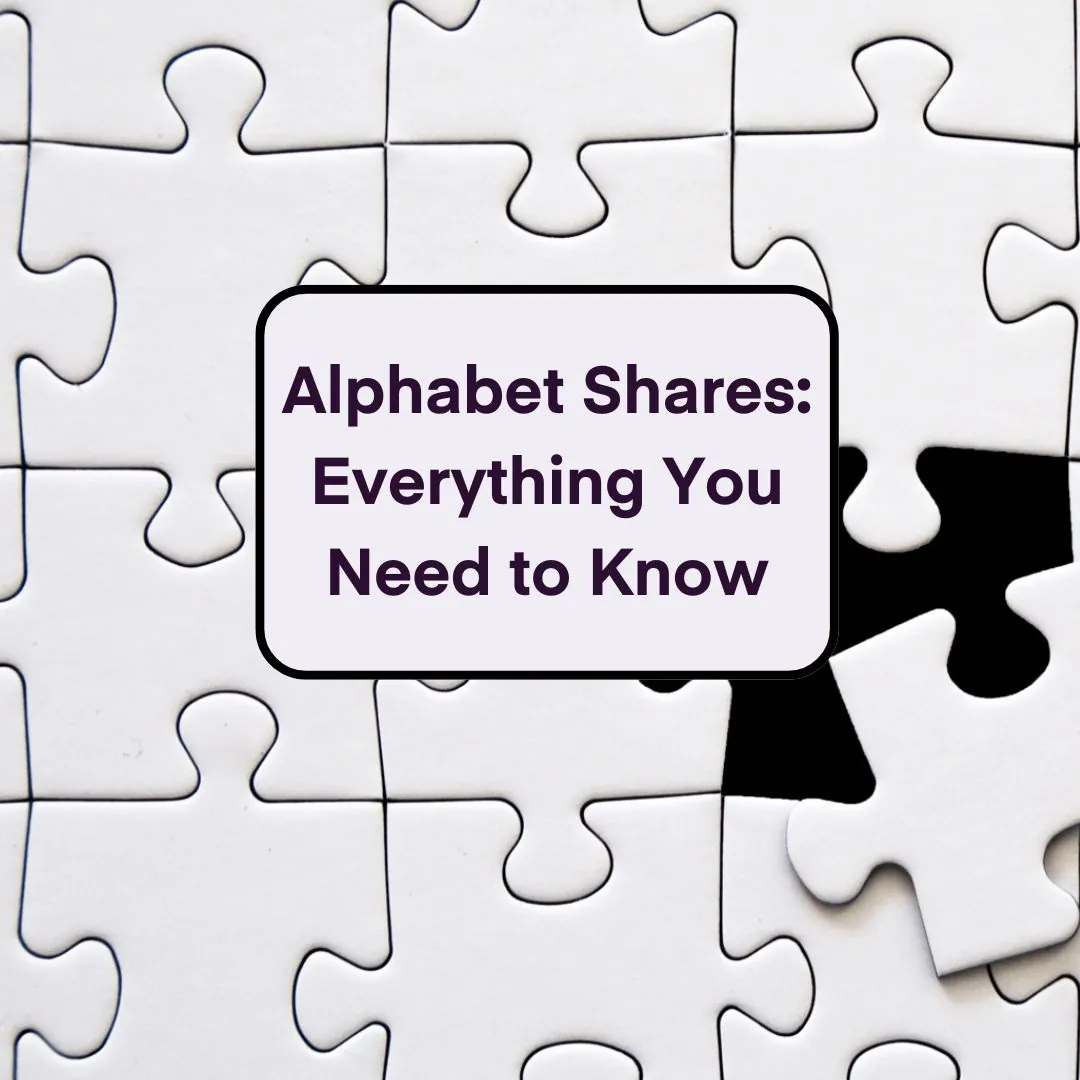
Inside IR35 and outside IR35: what does it mean?
5 Sep 2020If you are a contractor or a business hiring contractors, you might be asked if you are in or out. Unfortunately, this is not a question from a social media influencer. It’s more likely to be a request from HMRC enquiring about the relationship between contractor and hirer. Essentially, HMRC wants to know if a contractor is an employee for tax purposes or is genuinely self-employed and entitled to any tax benefits that might apply. To determine employment and tax status, HMRC applies a process known as IR35. The results of their enquiry will determine whether a contractor is ‘inside IR35’ or ‘outside IR35’.
If HMRC decides that a contractor is ‘inside IR35’, they will reclassify the contractor as an employee and that person will be paid through PAYE. Income Tax and National Insurance contributions are deducted at source. However, the contractor is only an employee for tax purposes. Inside IR35 employees enjoy no legal rights or the types of protection that other employees enjoy.
If the determination is ‘outside IR35’, the contractor can continue to pay tax either through Self-Assessment if they are a sole trader or Corporation Tax if they have set up a limited company.
This article provides a brief explanation of what ‘inside IR35’ means and how ‘inside IR35’ works.
‘Employees in disguise’
To understand what ‘inside IR35’ means, it’s useful to take a short visit back into history. Many contractors found that by setting up limited companies to provide their services to clients, they could reduce their tax bill.
Small limited companies pay Corporation Tax at a rate that is lower than the basic rate of Income Tax. Additionally, they can claim many allowable expenses to reduce tax liability. Owners of limited companies can also choose how they pay themselves. By taking a combination of salary and dividends, for example, they can reduce tax liability even further.
In other cases, employees might have resigned from their employer and set up as sole traders supplying their services to their previous employer. That way, they could enjoy the benefits of paying tax in arrears and claiming allowable expenses to reduce their tax bill.
HMRC takes the view that, if these contractors are only supplying their services to one client, particularly a former employer, they are essentially ‘employees in disguise’. The situation can apply to contracting in both the public and private sectors.
Related: Are dividends still more tax-efficient than a large salary?
HMRC’s view
HMRC introduced IR35 in 2006 to deal with this situation. What ‘inside IR35’ means to HMRC is that the contractor is providing services through an intermediary – either a limited company or a sole trader business. Their view is that if the intermediary did not exist, the contractor would have been hired as an employee and should therefore pay taxes as an employee.
However, the rules to determine IR35 status are complex and it can be difficult for both contractors and the companies hiring them to make a simple determination. As one commentator pointed out, it took HMRC 3 years to train IR35 inspectors so individuals will find the process challenging.
Determining employment status
While the IR35 assessment process can be extremely complex, there are a number of basic factors that HMRC takes into account when considering employment status.
These can be useful in preparing for an assessment.
Factors that indicate self-employed status
-
The contractor is in business on their own account and is responsible for the success or failure of the business.
-
The contractor takes financial risk and has the opportunity to profit from their business.
-
The contractor takes on a number of engagements for multiple clients.
-
The contractor can send a substitute to provide the service and the substitute is paid directly by the original contractor.
-
The contractor has to provide equipment relevant to delivering the service.
-
The contractor has to put right faulty work right for no additional charge.
-
The contractor is only paid for the work that is completed, regardless of the time taken to do the work.
Factors that indicate employee status
-
There is a mutuality of obligation between the contractor and the company hiring them. In simple terms, this means that the contractor has to accept the work set by the hirer and work a set pattern of hours or days to complete the work. The hirer has an obligation to pay for that level of work.
-
The hirer has a right of control over what, where, how and when the work is done.
-
The contractor receives holiday pay, pay for maternity or parental leave, sick pay, pension rights and other employee benefits.
-
The contractor has line management responsibilities.
-
The contractor has visible signs of being part of the hirer’s business. For example, they might have a company email address, a desk space or a company business card.
While these factors are a useful starting point for determining status, HMRC’s enquiry is likely to be more rigorous and far-reaching.
IR35 assessment tools
To provide a more accurate assessment of employment status, it’s useful to use a Check Employment Status for Tax tool. HMRC provides their own CEST tool, although its use is not mandatory. There are also alternative tools that cover the same types of questions.
By working through the questions in the tool, a contractor or the hiring company should be able to determine whether a contractor is inside or outside IR35. However, HMRC’s own statistics indicate that around 20 percent of cases assessed using the tool provide an ‘unable to determine’ result. Depending on the degree of ‘inside or outside’, it may then be necessary for the case to go to arbitration by an employment tribunal.
How inside IR35 works
If HMRC determines that a contractor is ‘inside IR35’, they will use a salary calculator to work out the contractor’s liability for Income Tax and National Insurance. The company hiring the contractor is then responsible for collecting the contractor’s taxes under PAYE and paying them to HMRC.
Although contractors may continue to operate as sole traders or owners of limited companies, they lose all tax advantages related to the original contract. However, there may be circumstances in which a contractor provides services to another client that are determined as ‘outside IR35’. In that case, the contractor keeps separate records and pays taxes as a self-employed sole trader or limited company for that account.
Inside IR35 calculator
If a contractor is being assessed for IR35, they can use an inside IR35 take-home calculator to work out the tax consequences of a change of status. As the name suggests, this tool uses information the contractor provides to calculate Income Tax and National Insurance contributions.
The contractor enters a rate, indicates whether that is an hourly or daily rate and selects inside or outside IR35. The tool can be used to make calculations of the amount of additional tax payable inside IR35 or compare tax bills for each employment status.
Remaining outside IR35
If HMRC’s assessment determines that a contractor is outside IR35, the payment and taxation arrangements remain unchanged. The contractor invoices the client for services provided. Receiving payment for the full amount of the invoice with no tax deducted.
The contractor is then responsible for reporting and paying any taxes due.
Tax for contractors in the construction industry
While IR35 applies to contractors in many different industry sectors, the arrangements for sub-contractors in the construction industry are different.
Under the Construction Industry Scheme (CIS), companies hiring self-employed sub-contractors must deduct 20 or 30 percent of the sub-contractor’s invoice value before payment. The company pays the tax deducted to HMRC via CIS monthly returns.
Read More: Construction Industry Scheme (CIS): How to verify a subcontractor
Read More: New VAT Reverse Charge For Construction Sector
Penalties for IR35 breaches
It’s essential for contractors and clients to be fully aware of employment status. If not, HMRC can impose stringent penalties.
Contractors who are considered inside IR35 and with a wrongly designated employment status will have to pay back:
-
A penalty of 30 percent of unpaid tax if HMRC decides that the contractor was careless about their employment status. But, did not know it was inaccurate.
-
A penalty of 70 percent of unpaid tax if HMRC finds that the contractor knew they were within IR35 but chose not to act.
-
A penalty of 100 percent of unpaid tax if HMRC finds that the contractor actively tried to conceal their IR35 status and underpayment of tax.
Employers who hire contractors are responsible for determining the tax status of contractors. If the company fails to take reasonable care, it will be liable for the contractor's Income Tax and National Insurance contributions, as well as the employer's National Insurance contributions, with interest charged for late payment.
HMRC may also issue penalties, based on a percentage of the contractor’s Income Tax and National Insurance liability, depending on whether the non-compliance was careless or deliberate.
Take professional advice
This is a brief outline of IR35. If you would like to discuss any aspect of the scheme or need help determining employment status under IR 35 or deal with an HMRC IR35 assessment, our team of experienced small business accountants and employment lawyers will be glad to help.
To find out more, please contact us on 0207 043 4000 or info@accountsandlegal.co.uk.
























